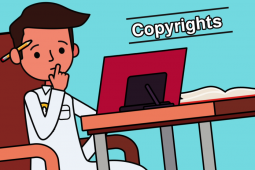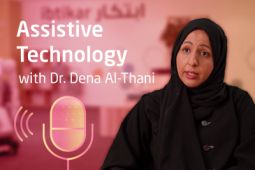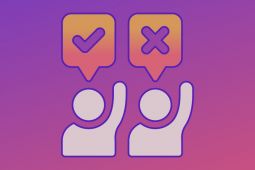What should I know about my freedom of speech on the internet?
Detecting Plagiarism

Your ability to detect plagiarism will go a long way in helping students refine their research skills, and develop their ethical and moral character.
Some of the apparent clues to detecting plagiarism include:
- Unusual formatting (especially when it is a copy-paste task).
- Content that does not match with the topic (points to fillers taken from electronic sources).
- Historical content (references taken from earlier works of similar nature).
- Sudden changes in writing style (prose turns to dramatic and mixed-use of US/British spelling).
- Incomplete data tables (points to partial references).
However, these days there are several tools to detect plagiarism. Here, we take a look at some of them:
- iThenticate a paid online tool iThenticate helps editors, authors and researchers prevent plagiarism by comparing manuscripts against its database of over 34 billion web pages and 129 million content items, including 36 million published works from over 465 scholarly publisher participants.
- CopyScape is an online software that works in partnership with Yahoo and Google search engines. Copyscape checks to find copies of web pages online. Two premium services offered are Copyscape premium and copysentry to help detect content theft and fraud.
- Dustball is a site that is offered both free and as a subscription-based service. This plagiarism detector will find plagiarized text in homework and other essays/reports.
- Plagiarisma is a tool that checks for duplicate content in over 190 languages and compares the content with other content found on the Internet using popular search engines. Has a paid premium service too that checks across books and scholarly articles as well.
- Turnitin is a full plagiarism check tool that checks papers against 24+ million web pages, 300+ million student papers, and 110,000+ publications. Additional services include helping instructors by providing rich feedback on student written work and aiding students through peer review. Popular with academic institutions and publishing houses.
- Viper is another online tool popular among writers, instructors, and editors. It is free and readily accessible on the Windows platform.
These are some of the tools that you can use as an instructor to be able to detect plagiarism in academic work submitted by students.
However, the challenge would be to know how to respond to plagiarized work and the student who committed plagiarism. If your school does not have a clear counter-plagiarism policy, chances are it might be difficult to enforce correction and guidance in a consistent manner.
@2x.png)

















